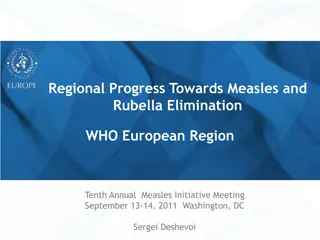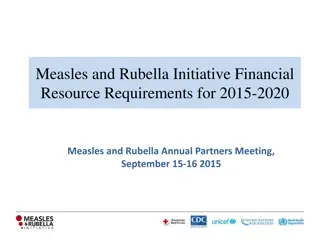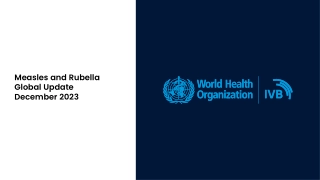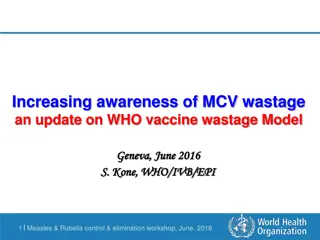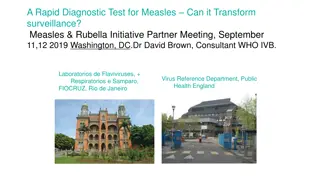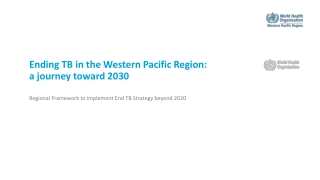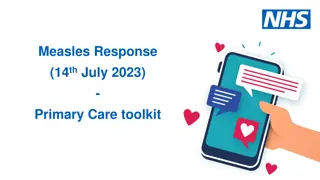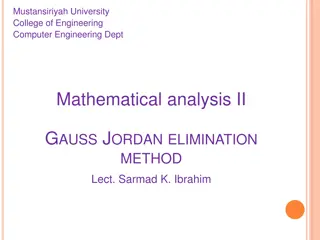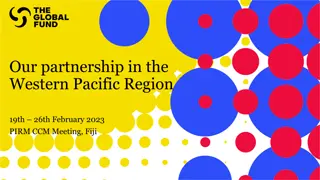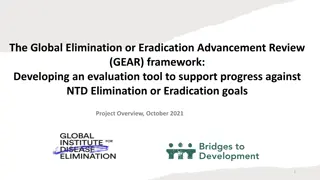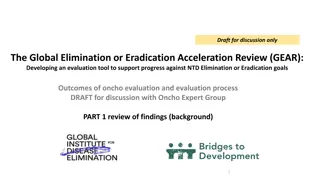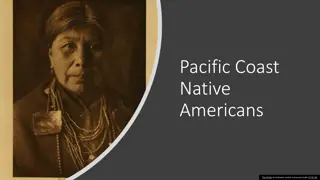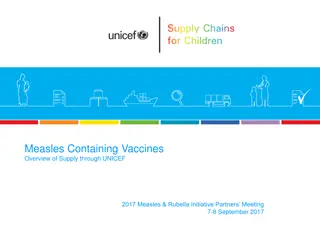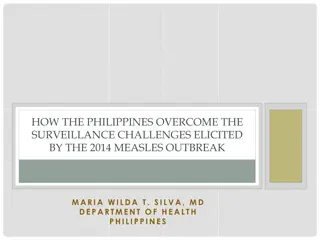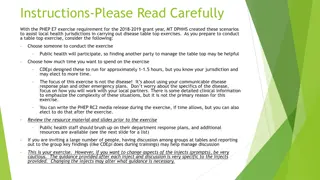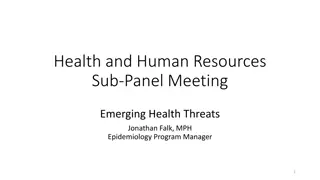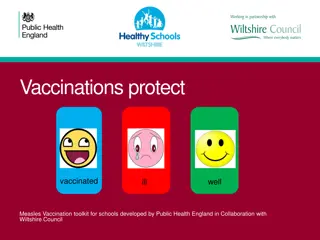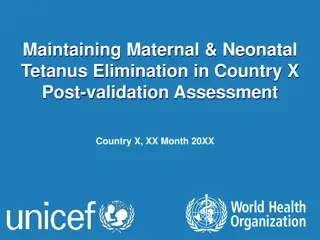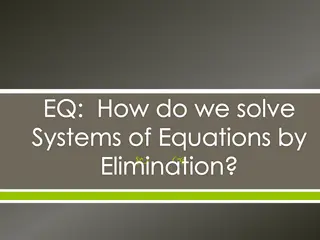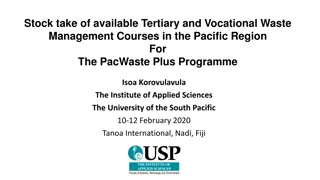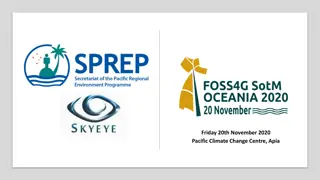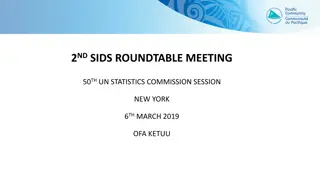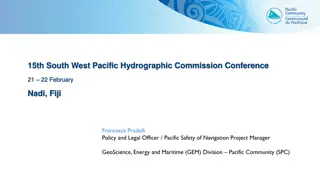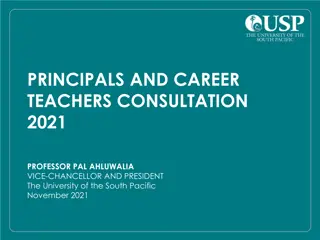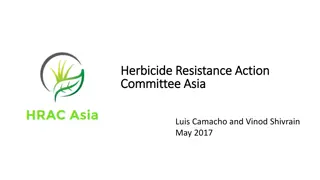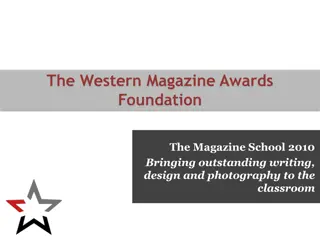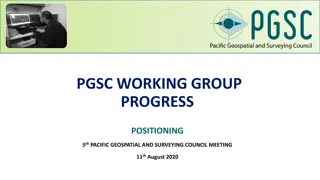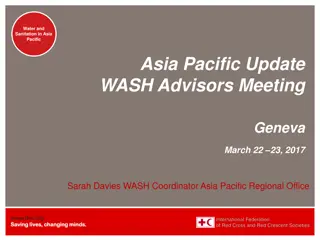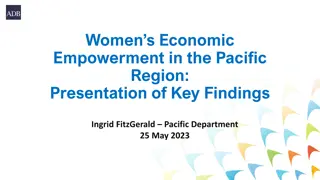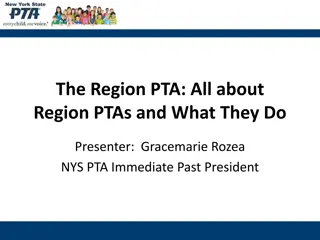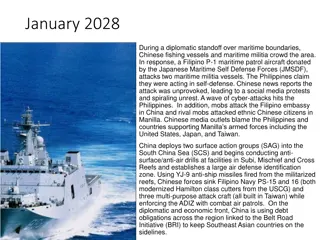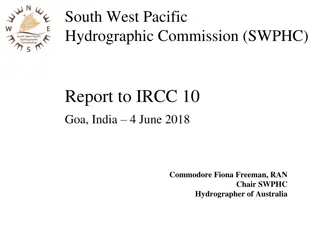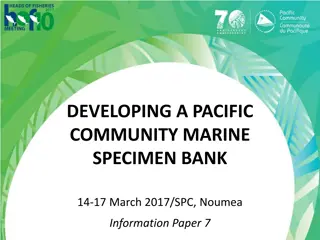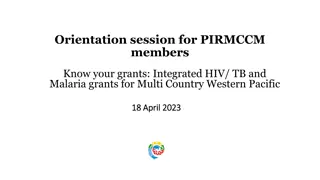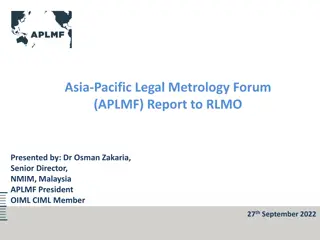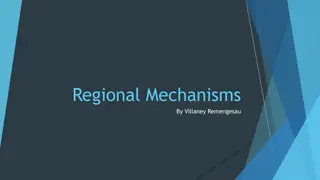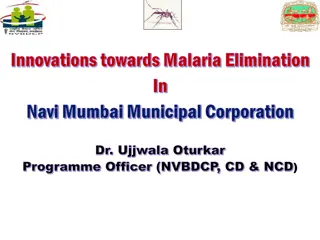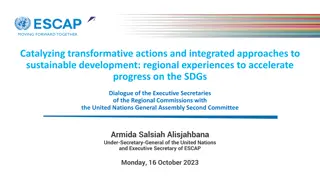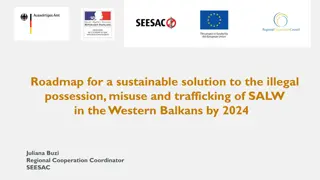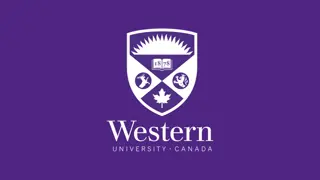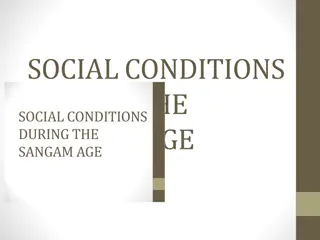Progress Towards Measles and Rubella Elimination in the Western Pacific Region
WHO and UNICEF have set ambitious goals for eliminating measles and rubella, emphasizing the importance of routine immunization. Progress is tracked through reported cases, vaccine coverage, and supplementary immunization activities (SIAs) in various countries of the Western Pacific Region from 2000 to 2016. Efforts include accelerating control of rubella and preventing congenital rubella syndrome. Various SIAs targeting different age groups and interventions have been implemented or planned to achieve high coverage rates.
Download Presentation

Please find below an Image/Link to download the presentation.
The content on the website is provided AS IS for your information and personal use only. It may not be sold, licensed, or shared on other websites without obtaining consent from the author. Download presentation by click this link. If you encounter any issues during the download, it is possible that the publisher has removed the file from their server.
E N D
Presentation Transcript
Accelerating Progress towards Measles and Rubella Elimination WHO Western Pacific Region UNICEF East Asia and Pacific Region 21 June 2016 Geneva, Switzerland 1
Regional Measles and Rubella Goals 2003: Measles elimination to be used to strengthen routine immunization 2005: By 2012, the Region should aim to eliminate measles; 2010: Reaffirms the 2012 measles elimination goal and calls to accelerate control of rubella and the prevention of congenital rubella syndrome; 2012: Reaffirms the commitment to eliminate measles and accelerate rubella control; 2014: Regional Framework to implement GVAP endorsed including measles and rubella elimination and prevention of CRS 2
Measles and rubella reported cases and coverage of MCV1 and MCV2, 1980-2015 3 Source: WHO UNICEF Joint Reporting Forms
WHO UNICEF MCV1 coverage estimates, and number of countries reaching >90% coverage. 2000 2015. (N=27) * For 2015, draft estimates are used
WHO UNICEF MCV1 coverage estimates in WPRO countries, 2010 2014 * For 2015, draft estimates are used
SIA coverage vs 95% coverage target (2015) Source: WHO UNICEF Joint Reporting Forms (data for 2015)
SIAs done or planned during 2015-2016 in WPRO Target age Admin coverage Other Country Vaccine Dates interventions Vitamin A Mongolia Measles children May 2015 99% Malaysia (subnational) Measles/ MMR 6-12m/1-17y Jan - Sep 2015 89% Malaysia (subnational) Measles/ MMR 6-12m/1-15y Jun 2015 86% All antigens, albendazole, IPV, OPV, vitamin A Papua New Guinea MR 6m-15y Aug - Dec 2015 62% (ongoing) Vanuatu (outbreak response) Measles 6-59m Apr - May 2015 98% Albendazole, OPV, vitamin A Vanuatu MR 1-15y Sep - Oct 2015 100% Viet Nam MR 1-14y Sep 2014 May 2015 98% 9-59m 91% JE Cambodia MR Mar 2016 18-30y >85% (ongoing) Mongolia MR May 2016 9m-5y Planned OPV Lao PDR MR Dec 2016 Federated States of Micronesia (subnational) Source: WHO UNICEF Joint Reporting Forms (data for 2015) TBD Planned MMR TBD 7
MCV2 introduction into routine EPI in WPRO 2015-2016 MCV2 already in EPI schedule Introduced 2007-2014 Introduced in 2015 Introduced in 2016 No MCV2 (LAO, SLB, VUT)
Rubella-containing vaccine introduction in WPRO 2015-2016 RCV already in EPI schedule Introduced 2011-2014 Introduced in 2015 Introduction planned for 2016 No RCV plans currently By end 2015, all countries and areas include RCV in the national programme.
Indicators of Progress Towards Measles (and Rubella) Elimination WPRO Region 2000-2016* Category Target 2016* 2015 2014 2013 2012 2011 Incidence (% countries < 5 per million population) Incidence of confirmed measles (confirmed by lab, or epidemiologic link) per million population - 65% 47% 29% 53% 59% 41% - 19.1 24.2 48.3 17.7 5.9 11.7 High Quality Surveillance National reporting of discarded measles cases (goal: 2 per 100,000 population) % of 2nd level admin units reporting 2/100 000 discarded measles cases % of suspected cases with adequate blood specimens >2.0 2.0 3.9 4.2 3.6 2.4 2.8 >80% 28.3 44.3 52.0 40.9 35.1 52.3 >80% 52.6 73.8 84.2 89.9 90.5 77.8 High Population Immunity % countries with MCV1 >90% % countries with MCV1 >80% in all dist >95% 67% 74% 84% 76% 68% >90% 57% 41% 45% 63% 41% * Data as of May 2016
Measles incidence rate, WPRO, 2016 Legend: < 1 per million population 1.0 4.9 per million population 5.0 9.9 per million population 10.0 49.9 per million population >50 per million population 11 Source: National measles and rubella monthly reports as of 20 May 2016 *Incidence rate is annualized
Distribution by age and vaccination status, selected large measles outbreaks, WPRO, 2015-2016 Confirmed measles, MNG, 2015 (N= 1616 ) Confirmed measles, MYS, 2015 (N= 1302 ) Confirmed measles, VNM, 2015 (N= 183) Confirmed measles, PHL, 2015 (N= 688)
Rubella incidence rate, WPRO, 2016 Legend: < 1 per million population 1.0 4.9 per million population 5.0 9.9 per million population 10.0 49.9 per million population >50 per million population No data 13 Source: National measles and rubella monthly reports as of 20 May 2016 *Incidence rate is annualized
Regional and National Verification Status of RVC 4th RVC meeting 24-27 March 2015 5th RVC meeting 19-23 September 2016 Status of NVC All countries and areas have an NVC (21 Pacific islands with Sub Regional Verification Committee or SRVC) 7 countries and areas verified as having achieved elimination [Australia, Brunei Darussalam, Cambodia, Japan, Macao SAR (China), Mongolia, and Republic of Korea] 3 NVCs are expected to request verification in 2016 14
Challenges to achieving regional goals Major challenge in the region Gaps in population immunity among persons not ordinarily targeted during routine and supplemental immunization including infants too young to be vaccinated as well as adolescents and young adults Barriers to achieving the goals Population size and density Ongoing endemic transmission among countries/areas in the region and nearby regions Commitment and financial resources to close specific population immunity gaps Emerging and growing immunization inequities in urban setting following rapid urbanization in many WPR countries 15
Programme Plans 2017-2018 16
2017-2018 SIA plans and budget Target Age Geographic Extent Other intervent Funding source If Gavi, JA dates Country Vaccine Dates Cambodia MR 9m-4y Q4 2017 National TBD Gavi? TBD Fiji MR 1-11y 2017 National TBD MRI Kiribati MR 1-8y 2017 National TBD MRI Lao PDR MR 9m-4y 2018 National TBD Gavi Aug 2016 Papua New Guinea MR 9m-4y National TBD Govt 2018/2019 Philippines MR 9m-3y 2017 TBD Govt 1-4a, CAR, NCR Philippines MR 15-39y 2018 6-8 TBD Govt Samoa MMR 1-8y 2017 National TBD MRI Solomon Islands MR 1-4y 2018 National TBD Gavi TBD Viet Nam MR 1-4y National TBD Govt 2018/2019 17
2017-2018 GAVI application and introduction plans for MSD, MR, measles Year of planned GAVI application Vaccine (MSD, MR, M) Year of Intro (or Measles SIA) MCV1 coverage (2014) Country Budget Lao PDR MSD 2017 87% Sep 2016 Solomon Islands MSD 2017 93% Sep 2016 18
Technical Assistance needs 2017-2018 Strengthening routine immunization services Pilot urban strategy in Philippines Develop MCV2 improvement strategy Technical and financial support for SIA planning, implementation and monitoring in Fiji, Kiribati, and Samoa GAVI applications: Possible MR SIA applications for Cambodia, Laos, and Solomon Islands MSD introductions: Laos, Solomon Islands, Vanuatu MSD + RCV PIE in Papua New Guinea (to be confirmed) Surveillance reviews: Viet Nam: 2017 Papua New Guinea: 2018 19
Thank you 20


